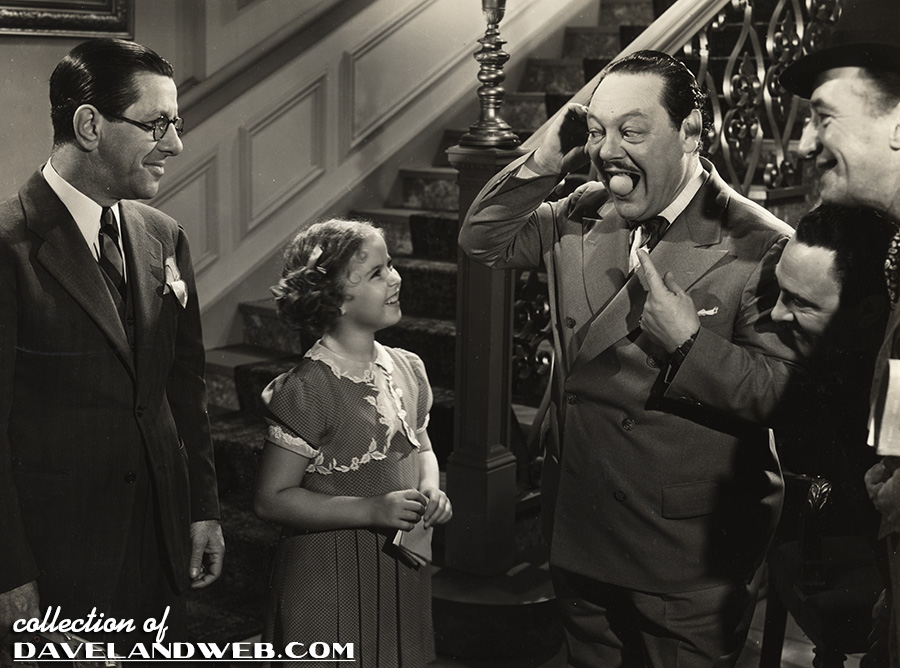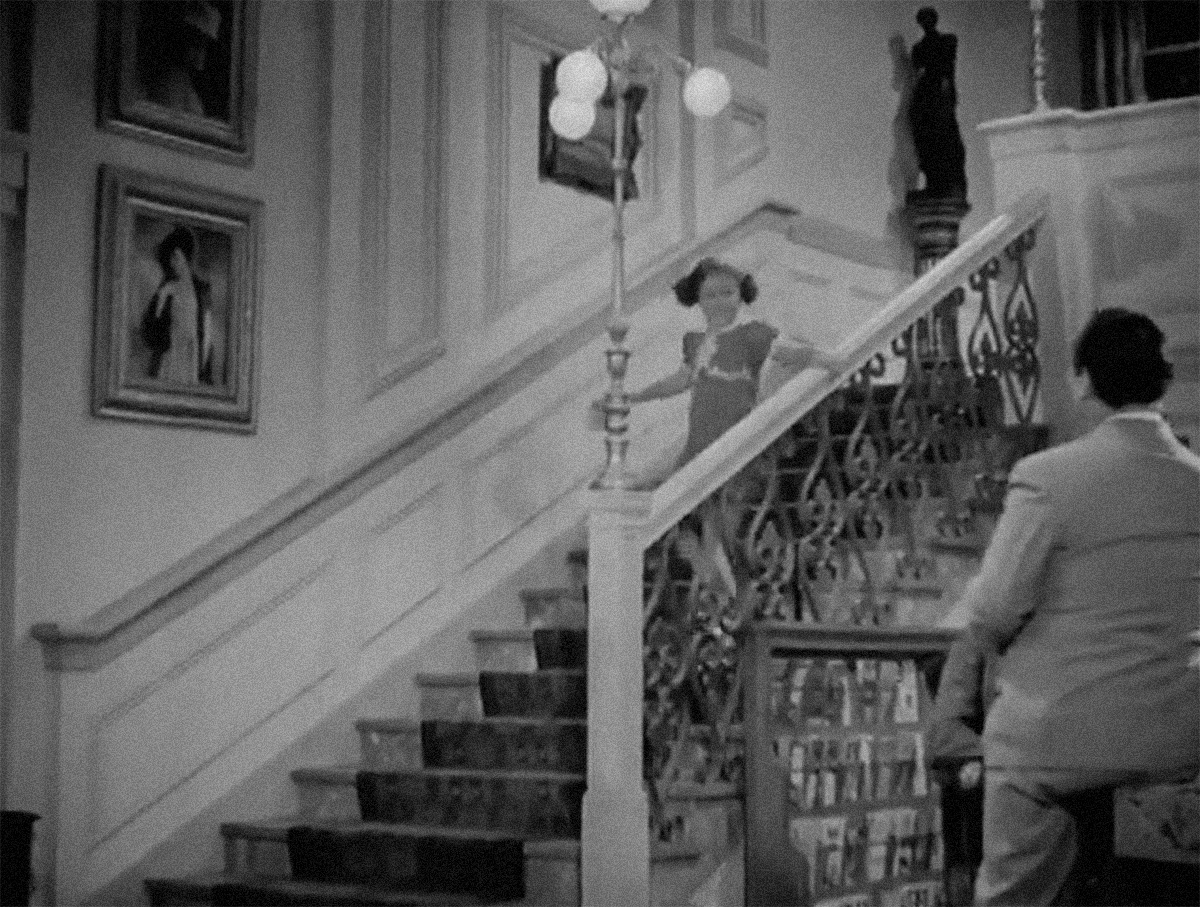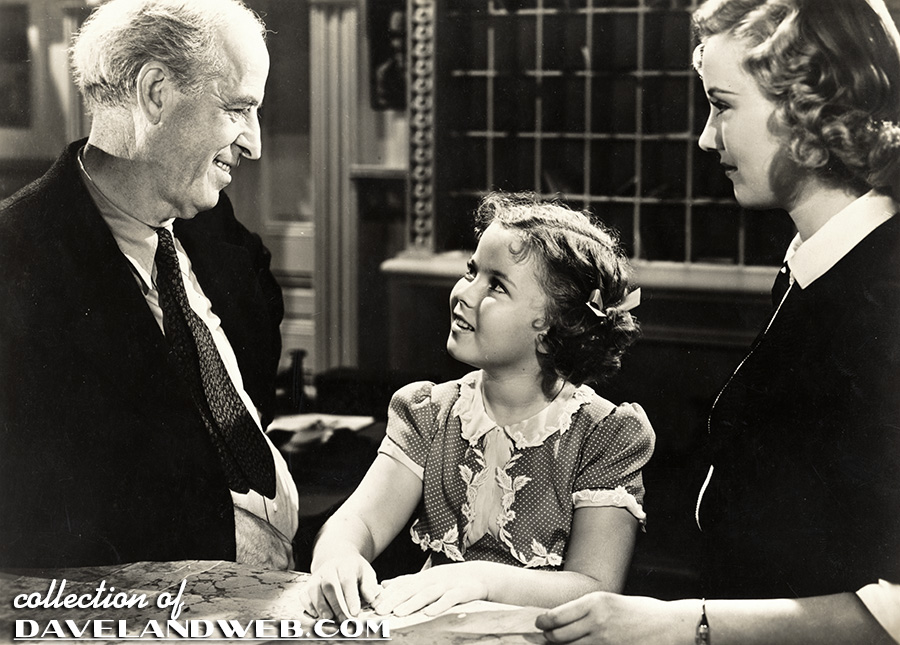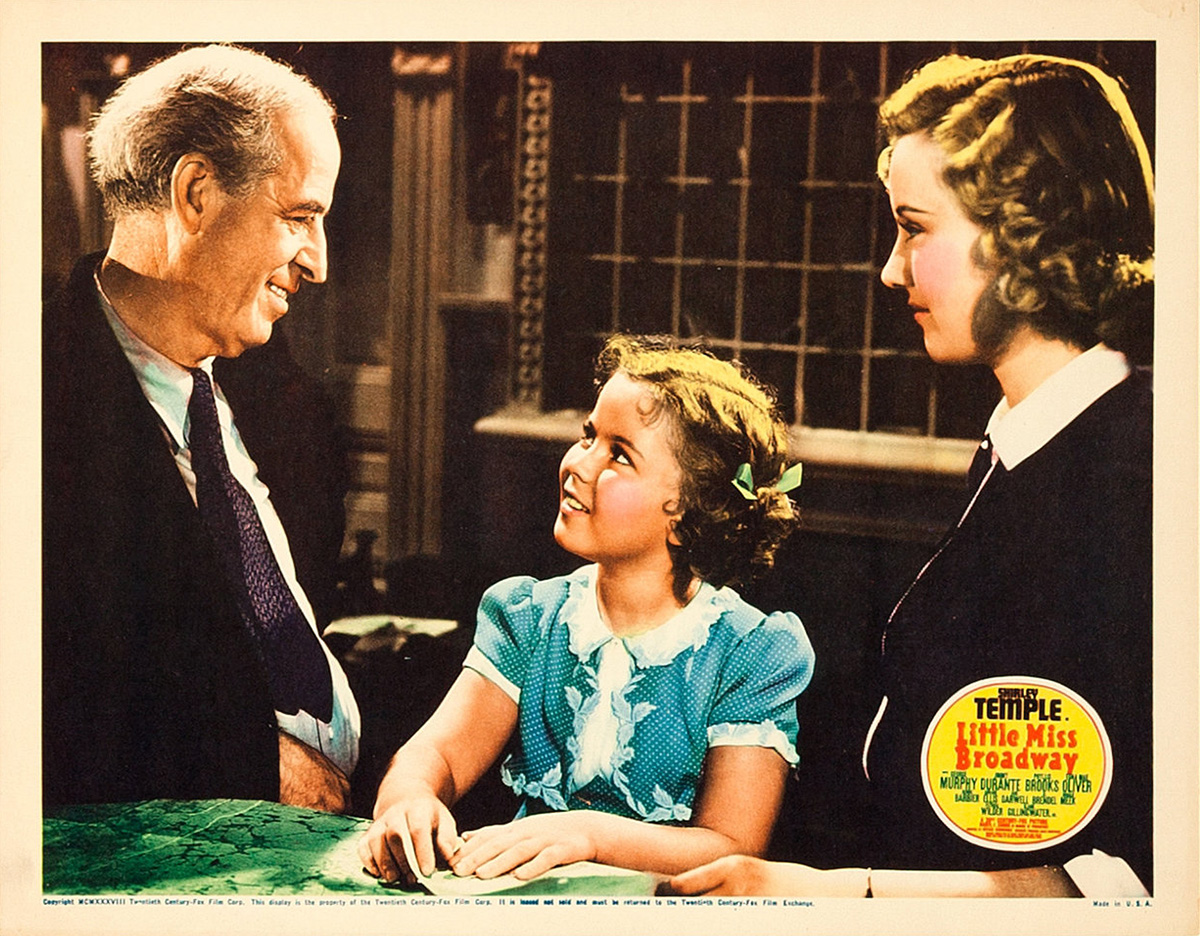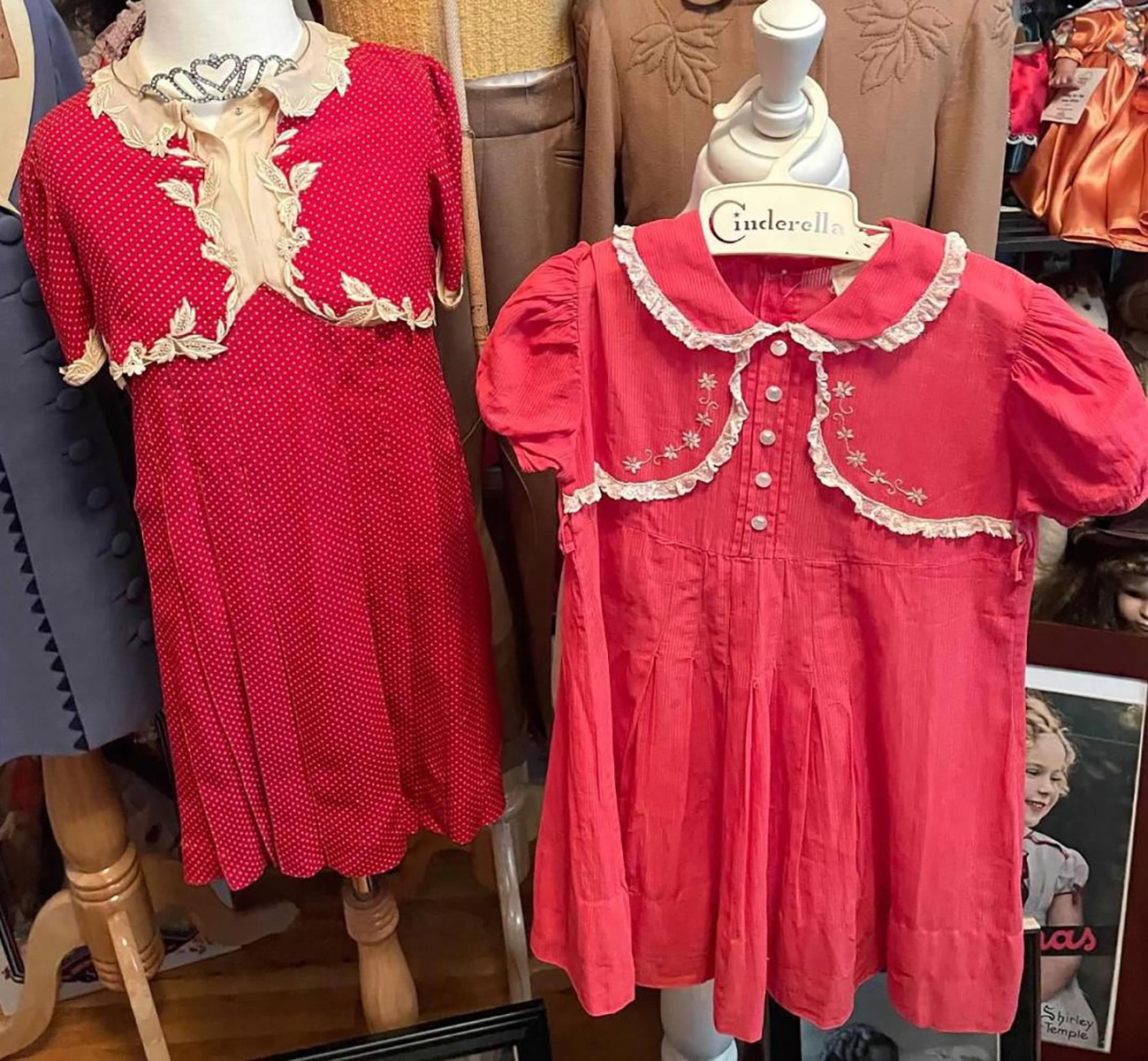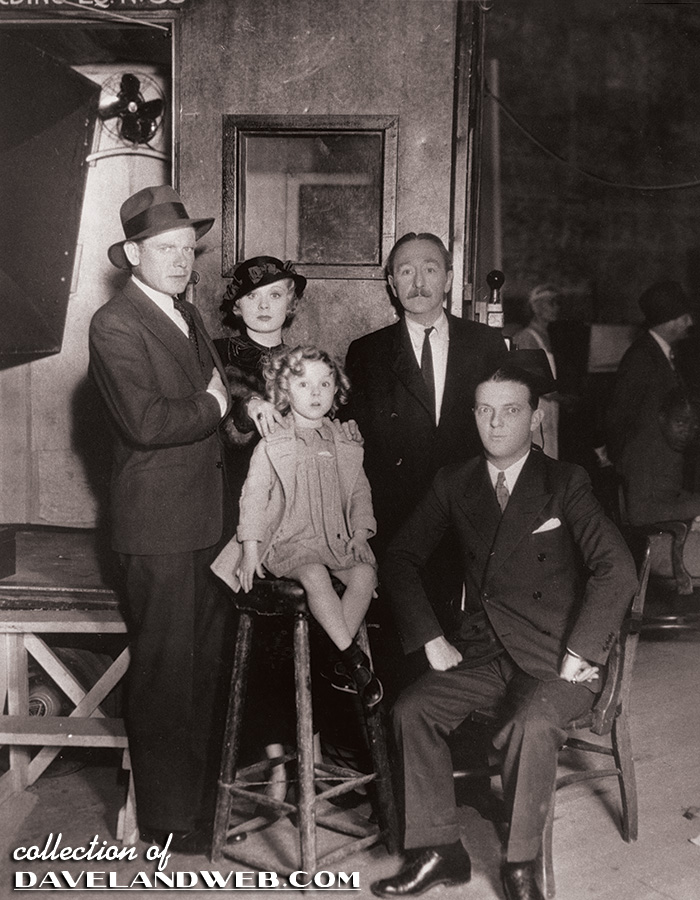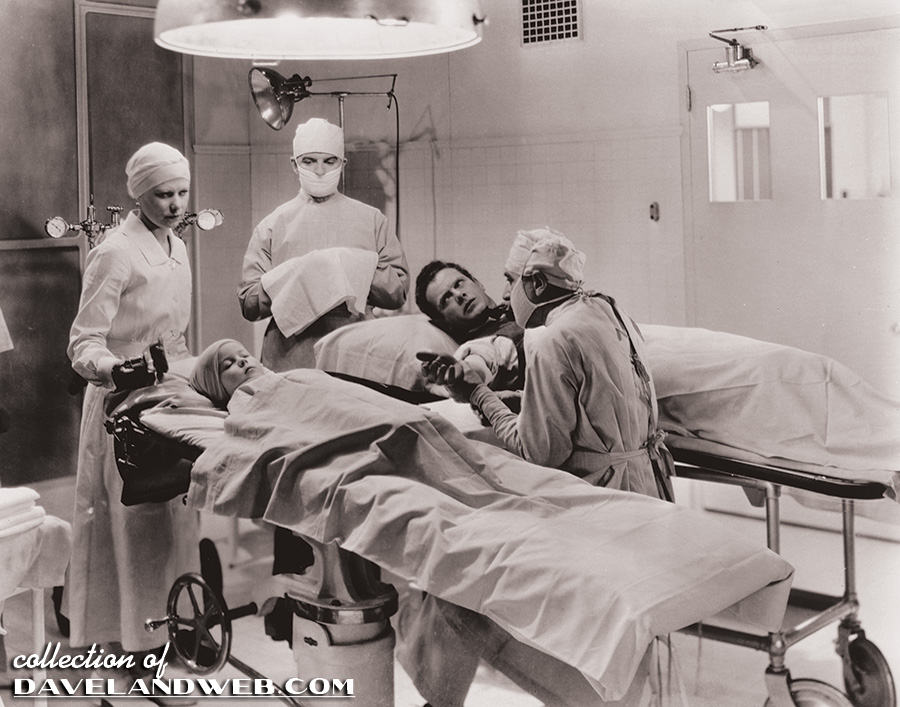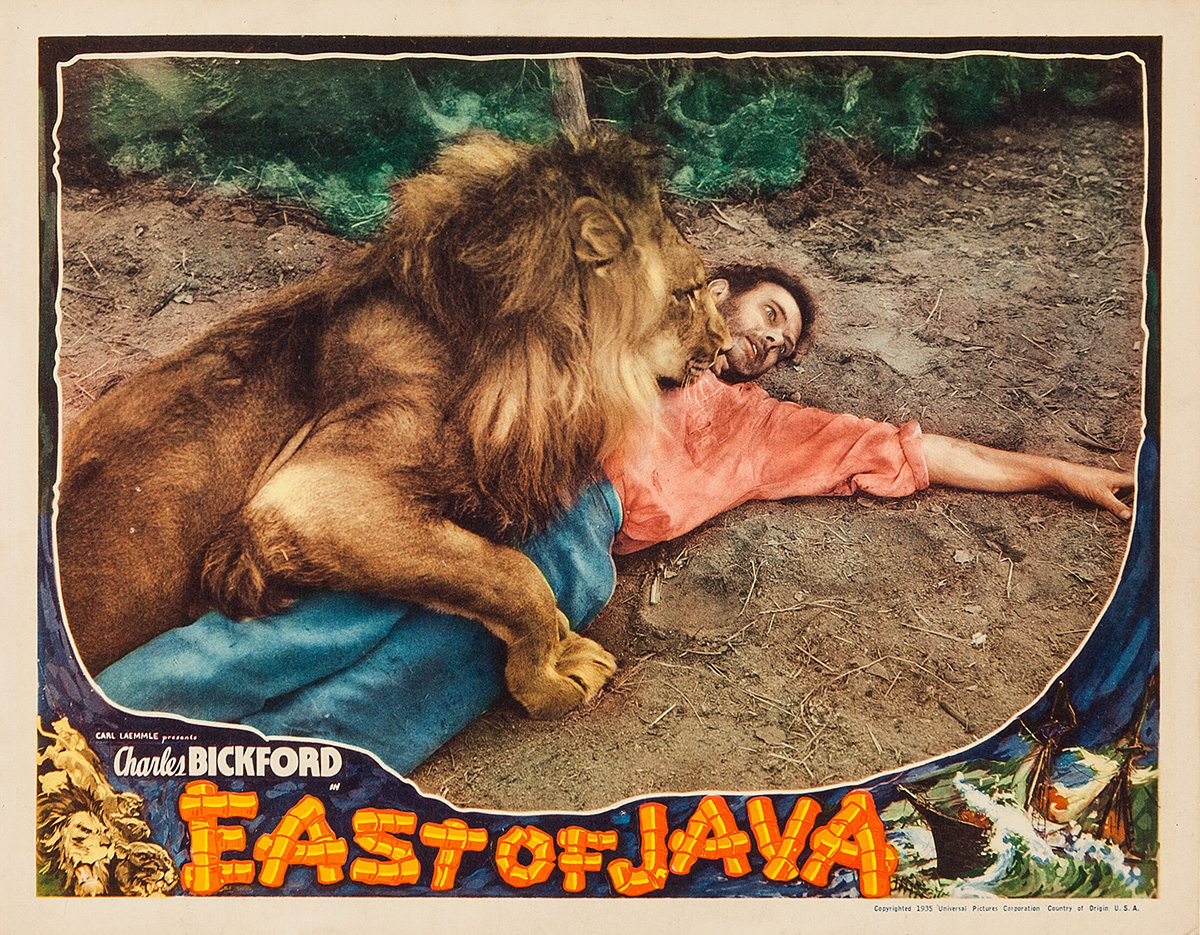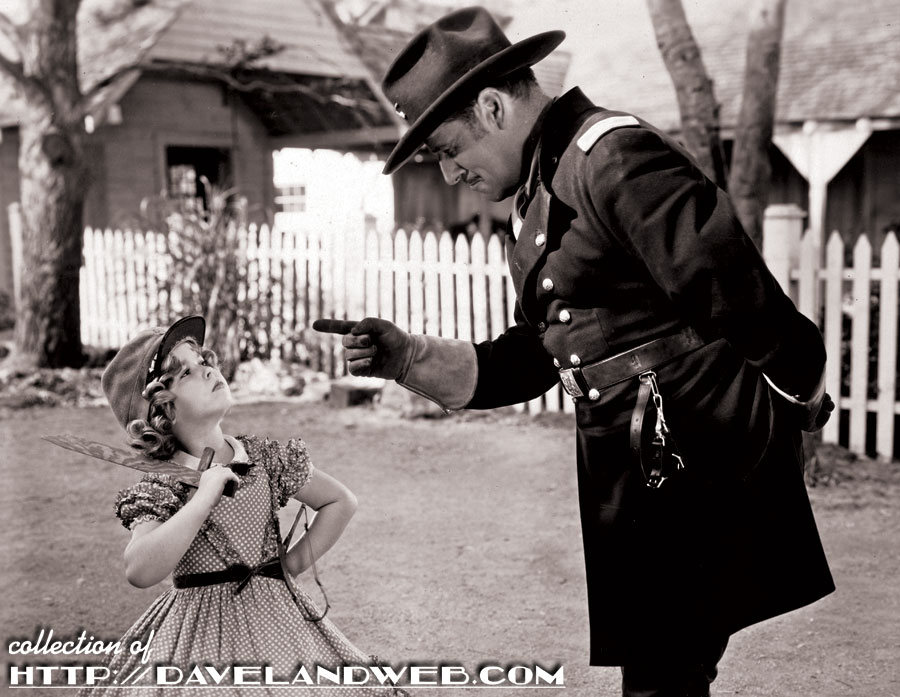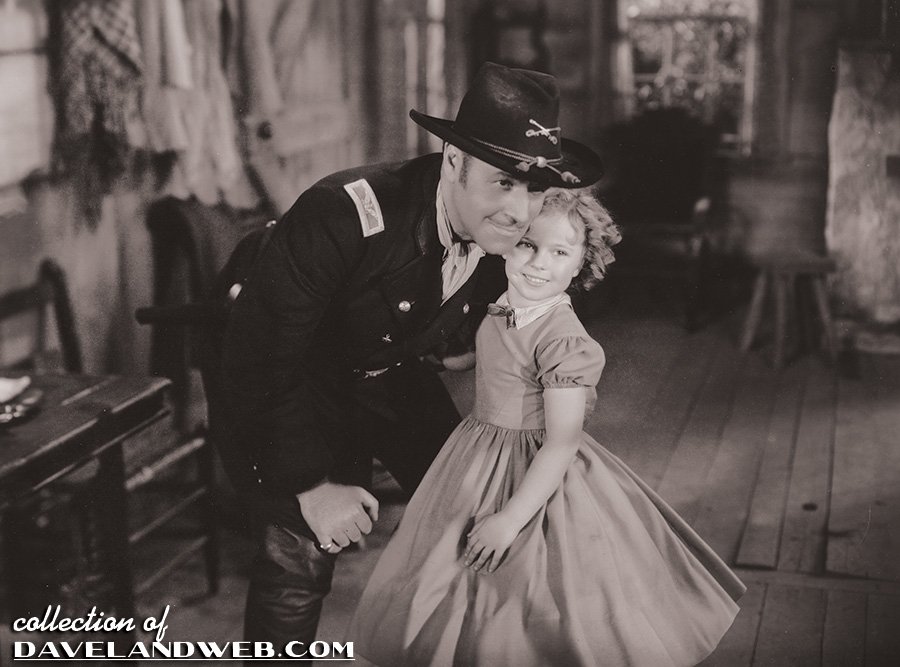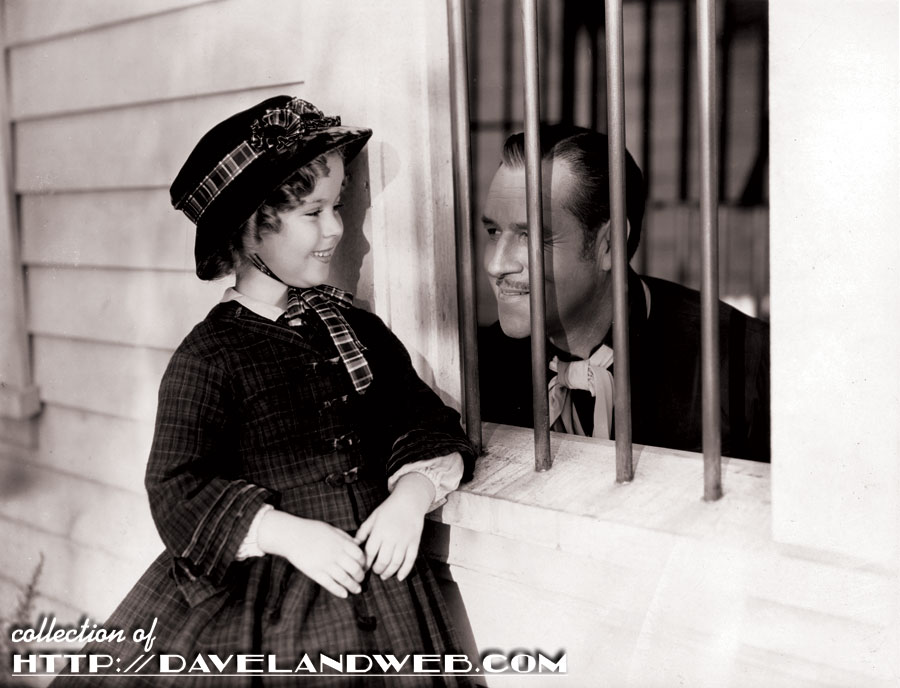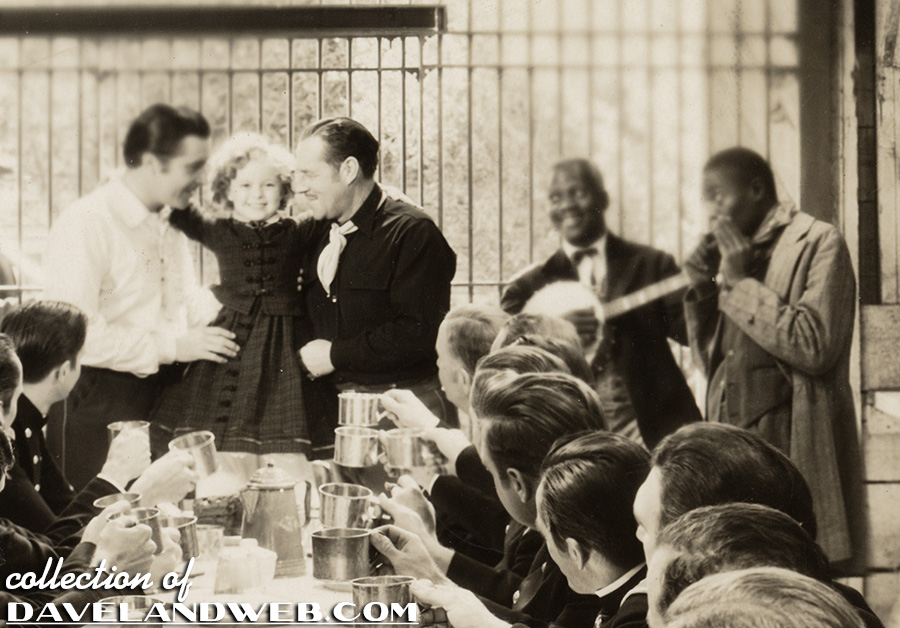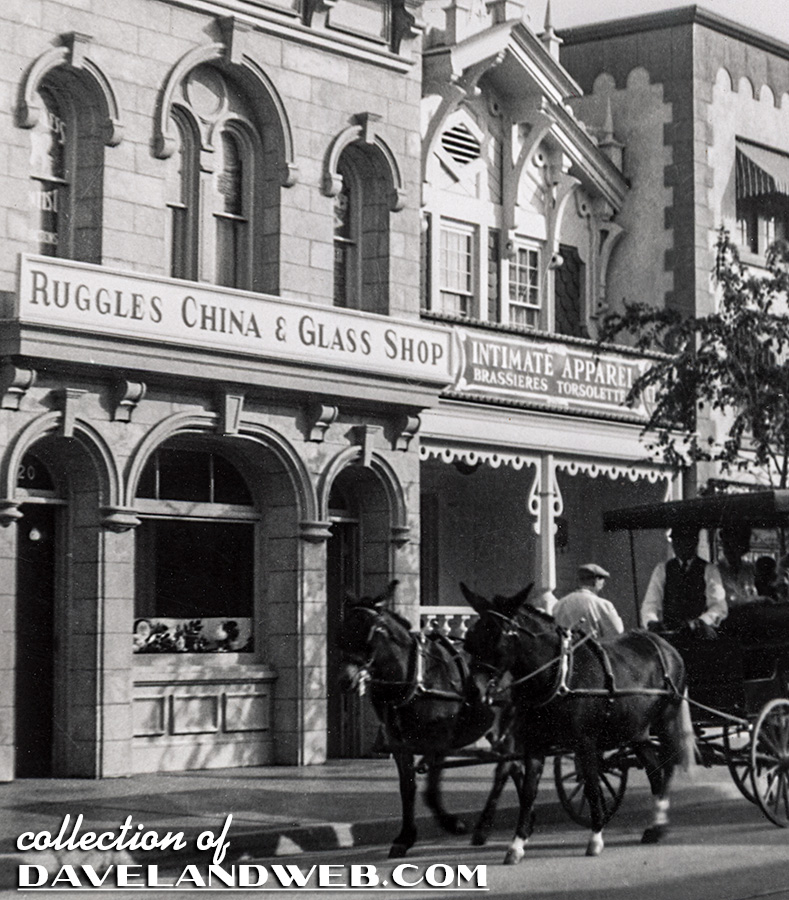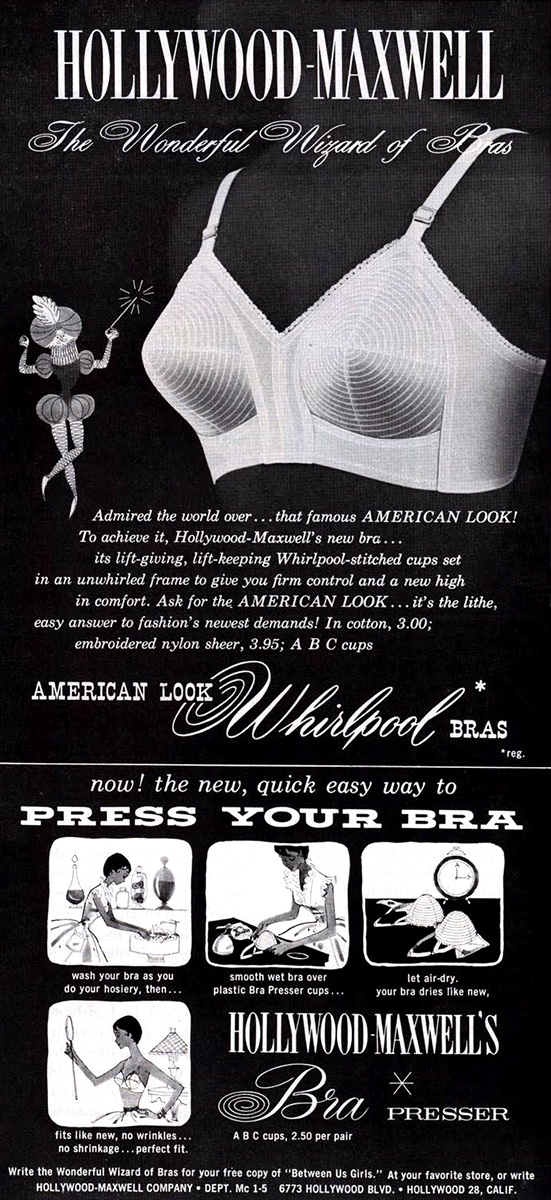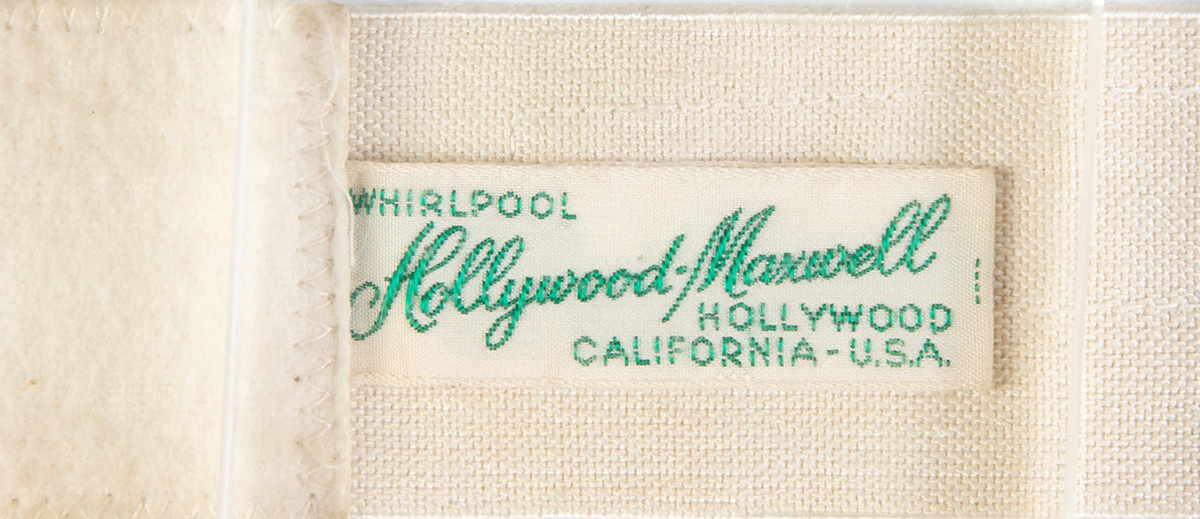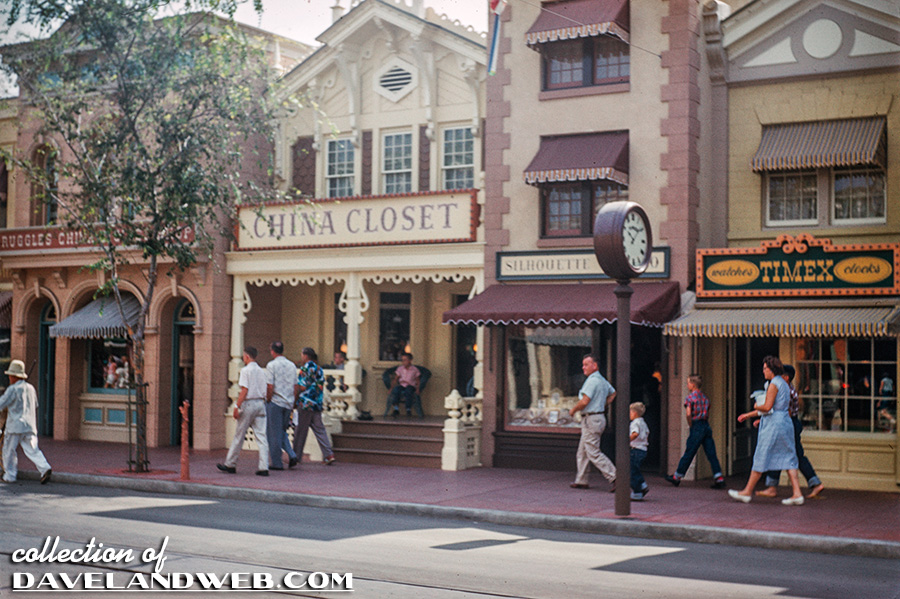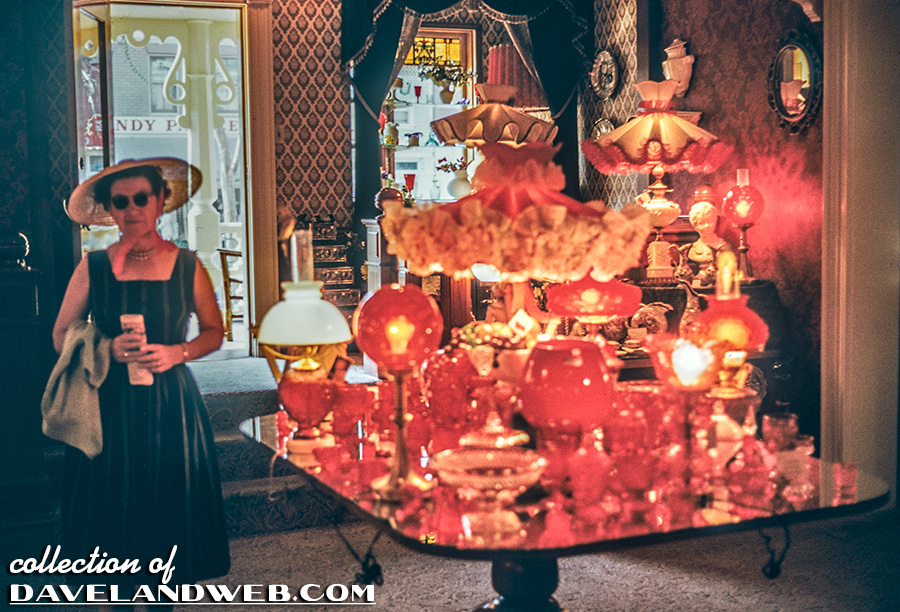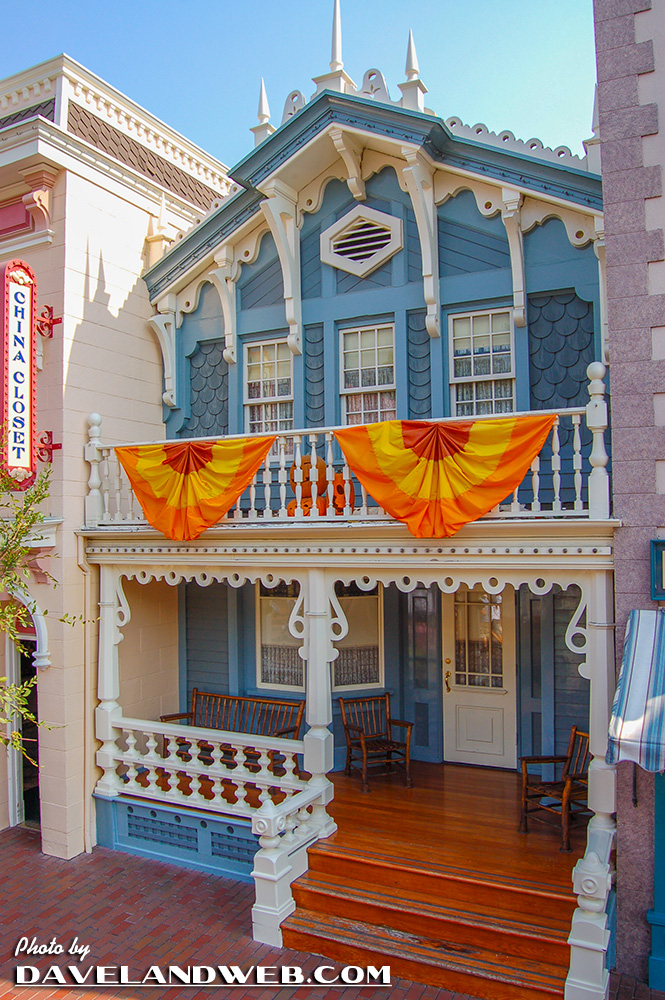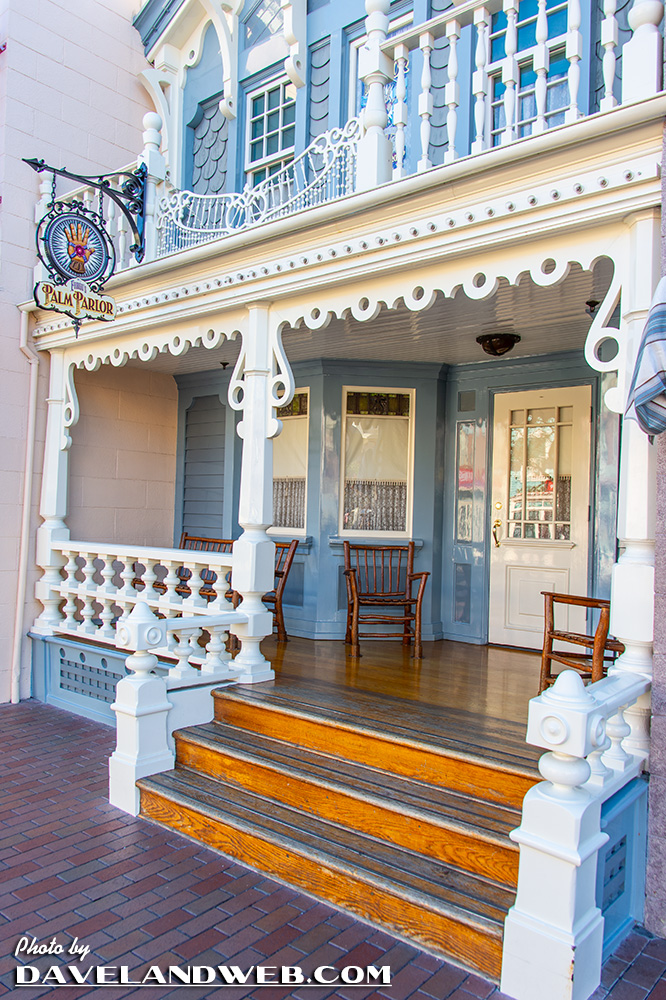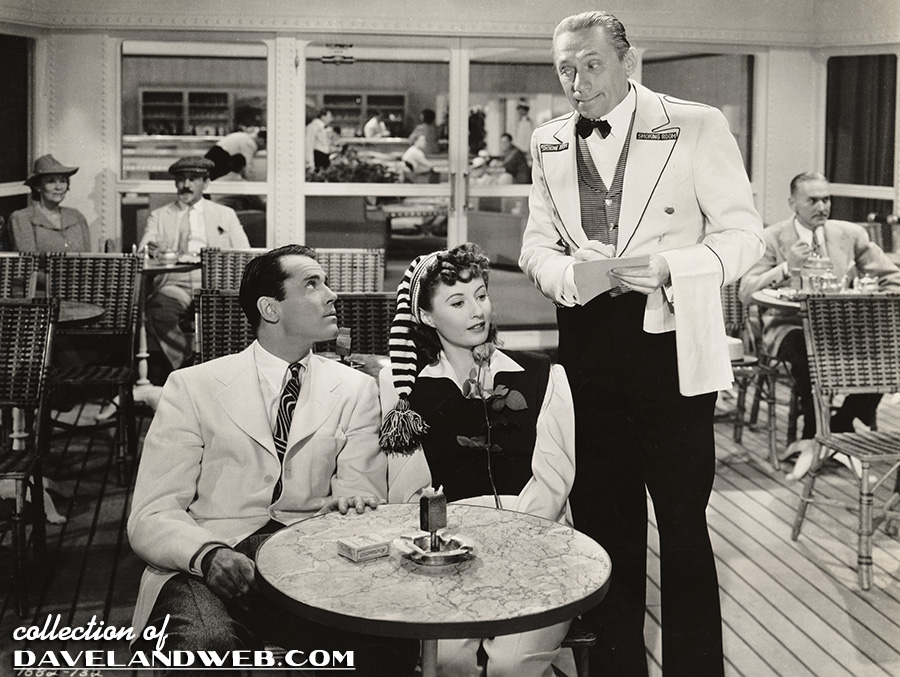
Playwright, screenwriter, and film director Preston Sturges is best known for his screwball comedies, including “The Lady Eve” (1941) with Henry Fonda and Barbara Stanwyck (above), “Sullivan’s Travels” (1941) with Joel McCrea and Veronica Lake, and “The Palm Beach Story” (1942) with Claudette Colbert (below).
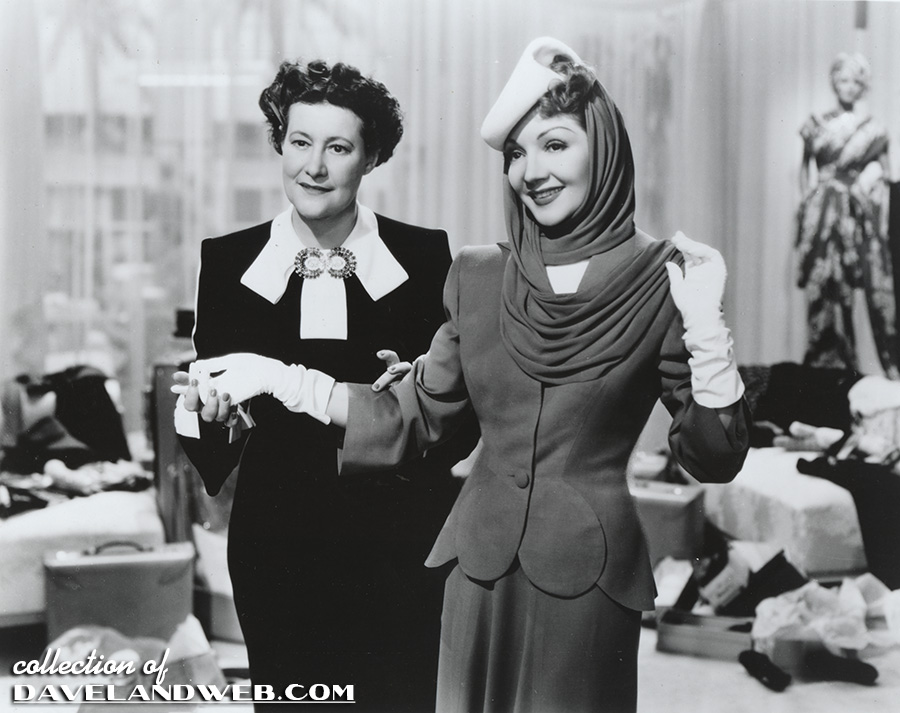
Below is a shot of Sturges himself between Stanwyck and Fonda during the shooting of “The Lady Eve.”

I recently finished James Curtis’ biography of Preston Sturges,
Between Flops. The book was quite a downer, painting a sad picture of how this creative genius was tortured by the constraints of the studio system and his need for total control over every facet of his productions. While he was one of the highest paid people in the biz, he rarely had a dime to his name. By the end of his life, he was a battered man, accepting whatever crumbs he could get from the industry that now hails his brilliance. The reason I purchased this bio was because of Sturges’ ownership of a club located next door to the Chateau Marmont in Hollywood on Sunset Boulevard. Known as The Players, the building still exists today.
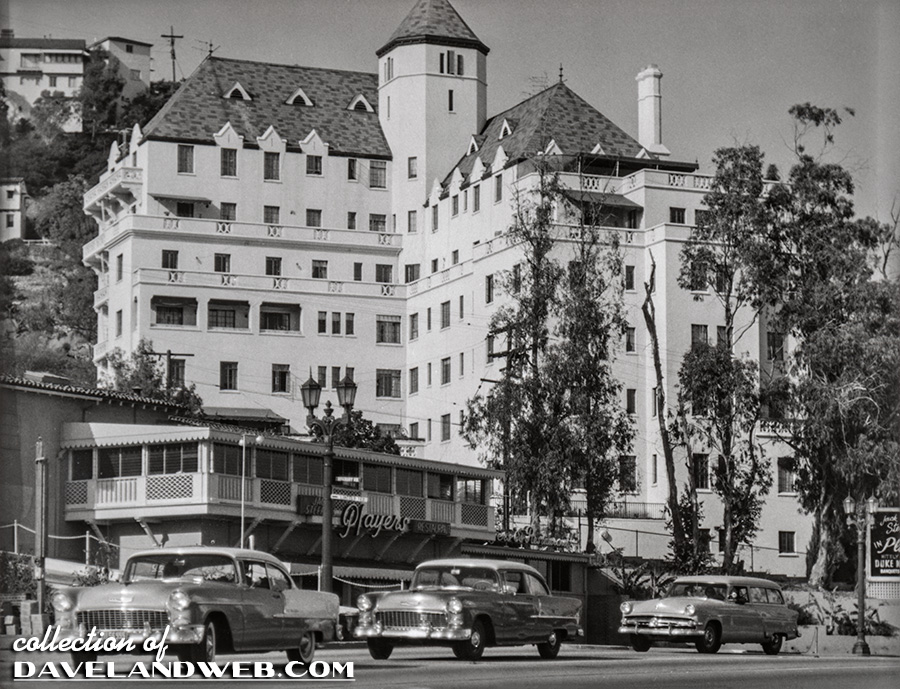
Sturges purchased a residence on Sunset Boulevard next door to the
Chateau Marmont hotel. The home belonged to the father of actor Chester Morris and was functioning as a wedding chapel when Sturges bought it. His idea was to have a multi-concept facility with three levels: street level for a drive-in with counter service, second level an informal restaurant for table service, and the top (the house itself) would be formal with a dress code. Sturges wanted to bring the establishments he missed from his days on Broadway to the west coast. That was his inspiration for the name The Players, after the private social club in Gramercy Park, founded by 19th century Shakespearean actor Edwin Booth (brother of the infamous John Wilkes Booth) in 1888. This is also where Edwin died. But I digress.
Sturges decided to leave the old Morris house where it was. Instead of building on top of it, he directed that the hill be dug from underneath and that The Players be built from the top down. It was more expensive than demolishing the old house and building from scratch, but Sturges couldn’t be budged. This was typical of his downfall on so many endeavors. He enjoyed going against the grain and doing it his way, regardless of the cost. “It was just the way Preston wanted to do it,” said producer David Lewis. “He didn’t need a reason.” Sturges was the original micro-manager. “They couldn’t drive a nail without Preston’s OK,” said Dominick Maggie, who later became head bartender. “I really think he was having fun with it.” To run The Players, Sturges imported the proprietor of his old 45th Street hangout, Pirolle’s. Monsieur Pillet had spent years propping up his losing venture. When he wrote to Preston for help in the fall of 1939, Sturges urged him to come West and pilot The Players. The fact that Pillet was not an especially good businessman failed to bother Sturges. Pillet had helped him when he was down many years ago, and now Preston wanted to return the favor.

The
L.A. Times reported that Sturges personally interviewed over 150 applicants, choosing as his first hire the only lad who had the decency to push in his chair once the interview was over. The menu was strictly American. Dishes, like “food for the gods steak,” were served in the formal dining room, known as “the blue room.” The Players opened quietly in the summer of 1940. According to his wife, Louise, the lure of The Players for Sturges was that it allowed him to “be Grand Pasha after hours - that was the main attraction...” He relished the role of genial supper club proprietor and being at the center of a convivial crowd, dining, drinking and carrying on into the wee hours. Along with the Chateau Marmont and the Garden of Allah Hotel, the three formed a kind of “Golden Age of Hollywood Triangle” into which many film colony luminaries frequently disappeared, including Orson Welles, Humphrey Bogart, Howard Hughes, F. Scott Fitzgerald, William Faulkner, William Wyler, Ernst Lubitsch, Barbara Stanwyck, Joel McCrea, and Lana Turner (who came with Howard Hughes to celebrate her birthday).
A vintage color shot:
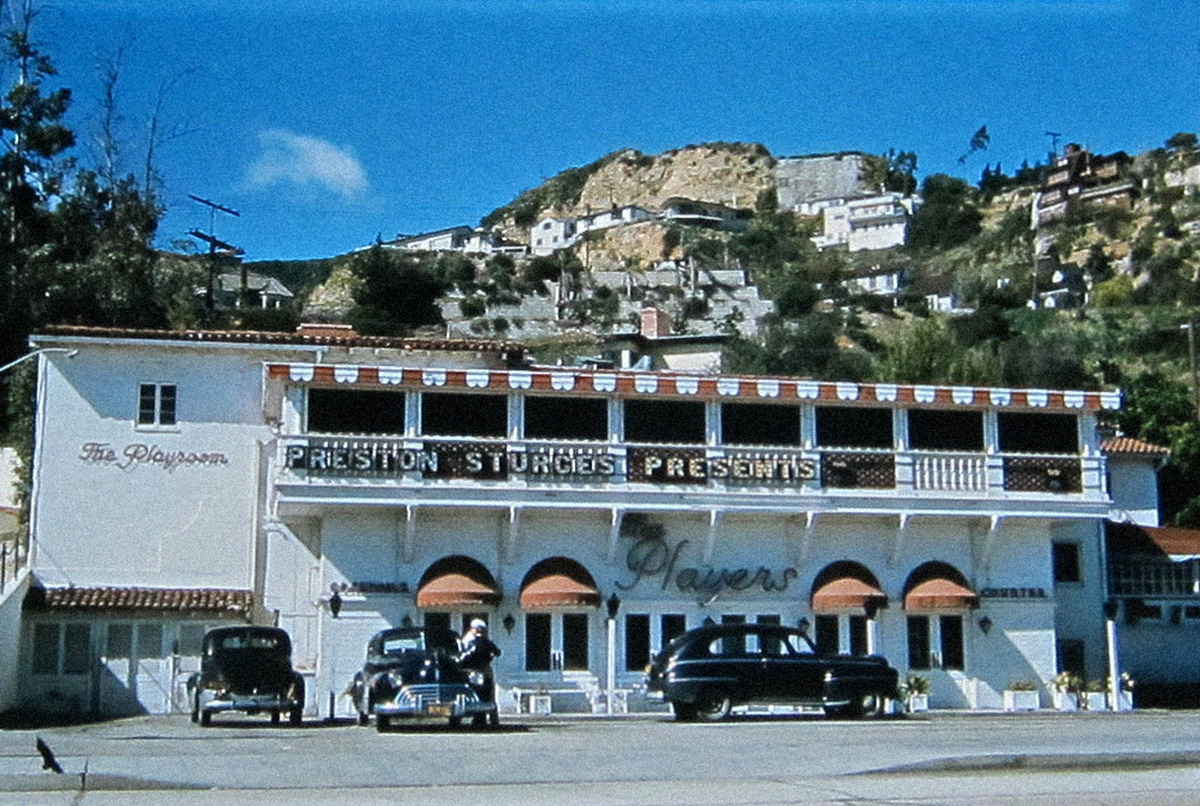
A visiting tourist sent a postcard home on which she gushed about dining at “the glamour spot of Hollywood” and sighting both Miriam Hopkins and Boris Karloff while eating “the best raspberry shortcake I ever had.” A good part of the enormous income Sturges earned at Paramount was funneled into The Players. Sturges was pleased with the early popularity of his restaurant, but not the first-season loss of over $250,000. The original redesign and reconstruction of the building had been expensive; out-of-control operating costs along with constant renovations and additions prevented The Players from breaking even. He’d been warned that the multilevel idea was a bad one “because nobody wants to be second-class, especially in a place like Hollywood.” Barbara Stanwyck even admonished Sturges, “That goddamned greasy spoon is ruining you!”
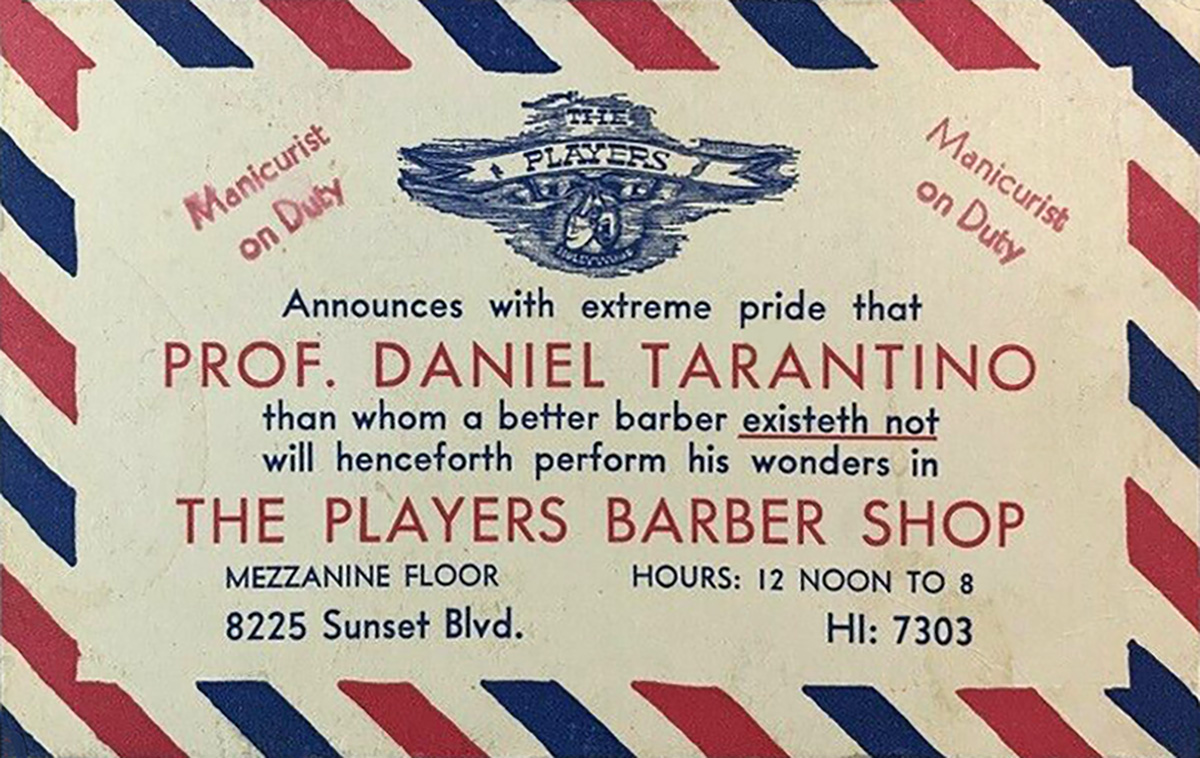
To make The Players a truly all-purpose night spot Sturges enlarged the top floor for dancing and created a new area called The Playroom. He designed a hydraulic revolving bandstand for a group of house musicians. When renovations were about to begin Sturges closed The Players, announcing its reopening sometime in the fall—after an extensive program of rethinking and remodeling. He then set to work on “Sullivan’s Travels.”
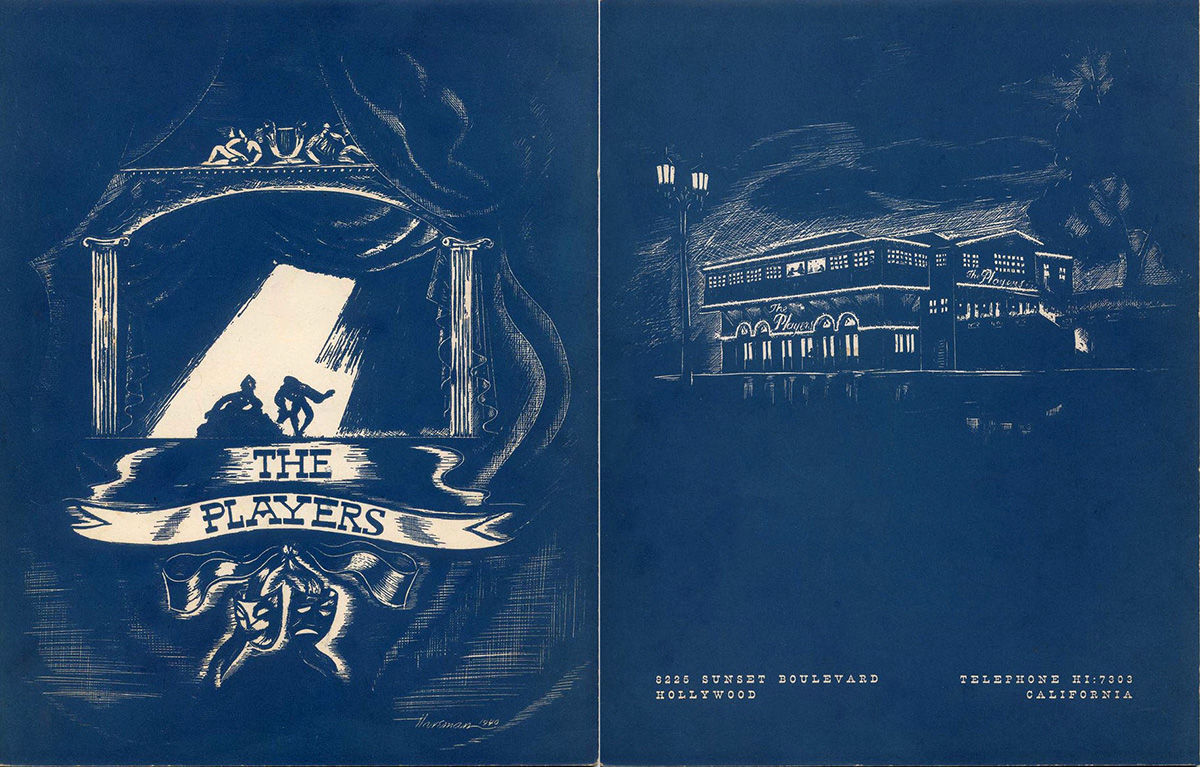
Construction on The Playroom was not finished by Christmas of 1941 but plans were under way for its gala opening just after the first of the year. It wasn’t long before The Players became one of the most popular night spots on the West Coast. “It was the TOP place,” said Dominick Maggie, Sturges’ head bartender. “There was nothing like it in the West—nothing like it in the world, for that matter. Anybody of consequence at that time frequented The Players. There were movie moguls; superstars, like Bogart and Barbara Stanwyck, Charlie Chaplin…all the stars of that era; writers of all sorts.” Though exceedingly busy with movies, Preston was typically onsite, greeting guests, table-hopping, and enjoying having the most powerful figures in the industry under his roof. Sturges considered the restaurant his own private domain, expecting the same deference accorded a visit to one’s home. “It was some place,” wrote screenwriter Earl Felton, “absolutely a marvel, matchless food, service, decor, etc., but with the serious drawback of Preston usually present, turning baleful eyes on any patron he did not know personally.” Sturges often retired to The Players after a day of shooting, arriving between nine and ten o’clock, just as the dinner crowd was thinning and the atmosphere became more relaxed. “Whenever we’d work too late to get home to dinner,” recalled Joel McCrea (shown below with Veronica Lake in “Sullivan’s Travels), “he would invite us to dinner at The Players. You could never pick up a check with Preston, either at the commissary or at his restaurant. He always managed to get the check and you couldn’t even tell what it was.” To Preston, allowing his guests to pay the check at his restaurant would have been tantamount to presenting them with a bill for a meal at his house.
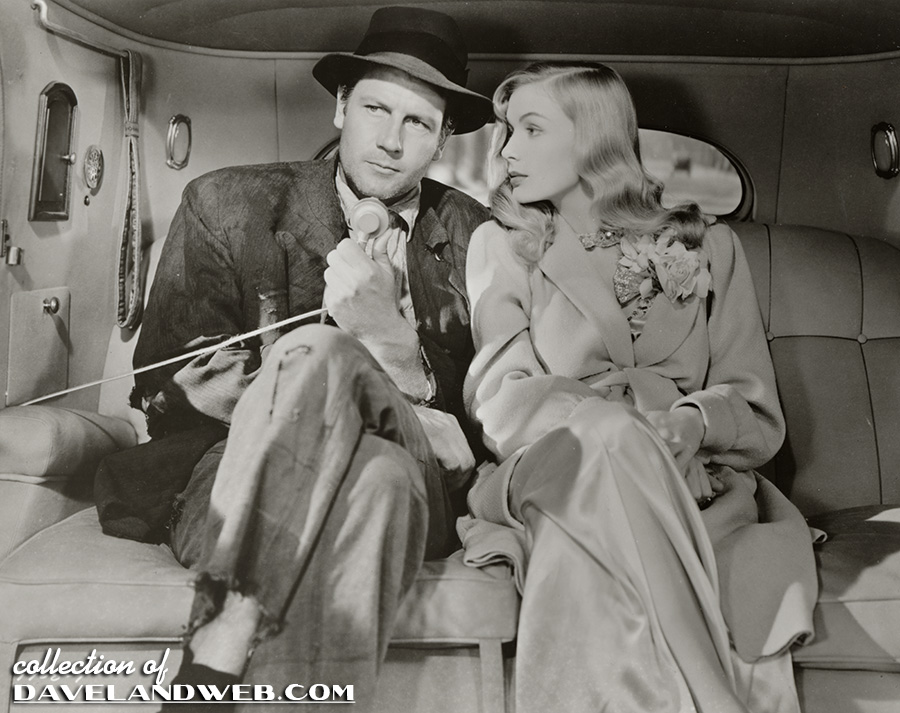
The Playroom re-opened on January 14, 1942. It had restaurants operating on all three levels, a barbershop on the mezzanine, a drive-in burger stand, and a 350 seat “ultra-modern intimate restaurant theater.” The theater featured one-act plays directed by Sturges and performed by his many loyal friends. Actor Eddie Bracken (shown below with Judy Garland in “Summer Stock”), who had starred in Sturges’ “The Miracle of Morgan's Creek” (1943), recalled: “We played it for eighteen weeks and I didn’t take any salary at all. Sturges was in trouble and I wanted to help him. For eighteen weeks I worked there for nothing and he was doing six thousand dollars a night. Packed. You couldn’t get in. And at the end of the eighteenth week, he was further in debt than when we had started. That’s when I quit.”
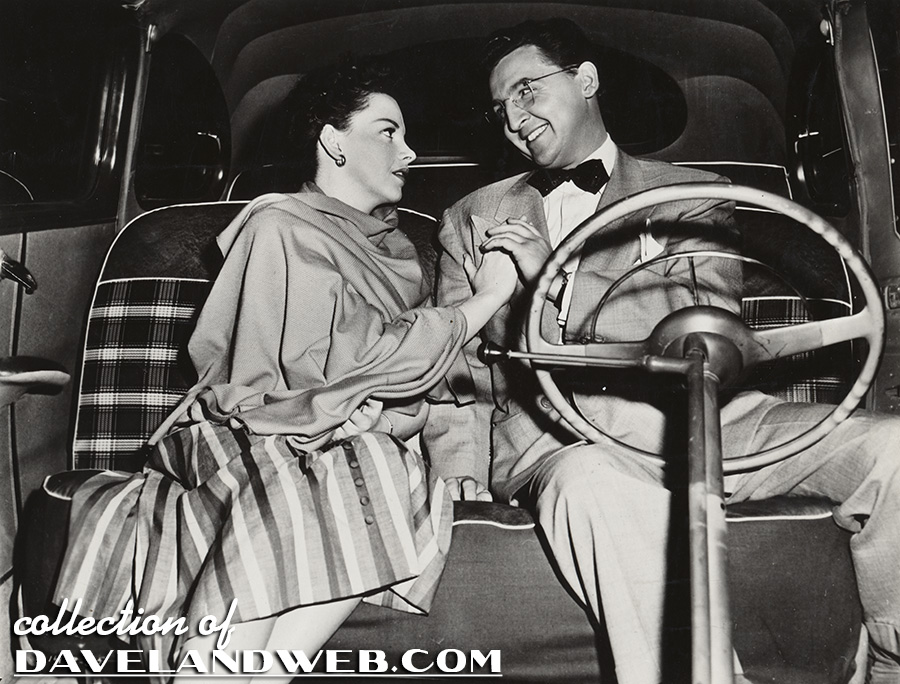
There was the long-standing rumor that Sturges had gone to the trouble of building a tunnel beneath Marmont Lane connecting The Players to the Chateau so celebrities could slip away discreetly - for clandestine affairs or to avoid the press and/or the police.
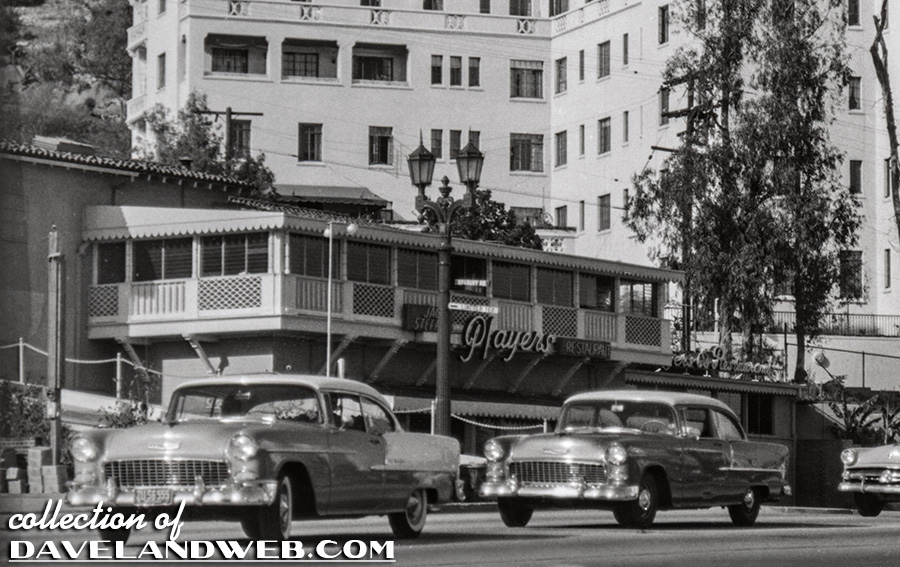
Such a bummer that the photographer cut off the sign on the right side of this vintage postcard!
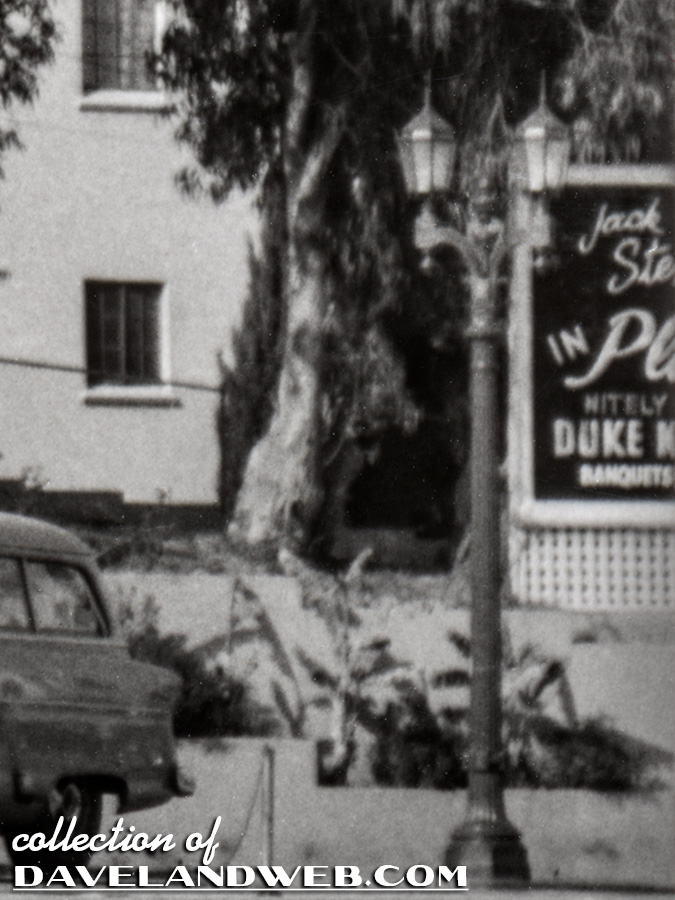
As his subsequent pictures continued to lose money and his relationship with Paramount tanked, he ended up losing control of his beloved club. Creditors forced the sale of The Players in December of 1953, when the government put a lien on its income. The contents were auctioned off and the property sold to cover taxes and debts. Sturges spent much of the last years of his life aimlessly floating around Europe, depressed about the situation he had left behind in the States. A friend recalled meeting with him in Paris in a café on the Champs Elysee, months before Sturges died. “He talked grandly of his plans of a comeback both as a writer and director. When the check came he pulled in his sails (but only a little) and in a lower voice addressed me ‘I hope you have a large expense account. I’m broke you know.’” In 1959 Preston Sturges died penniless in a comped room at the Algonquin Hotel in New York City. He was 60 years old and had been working there on his memoirs.
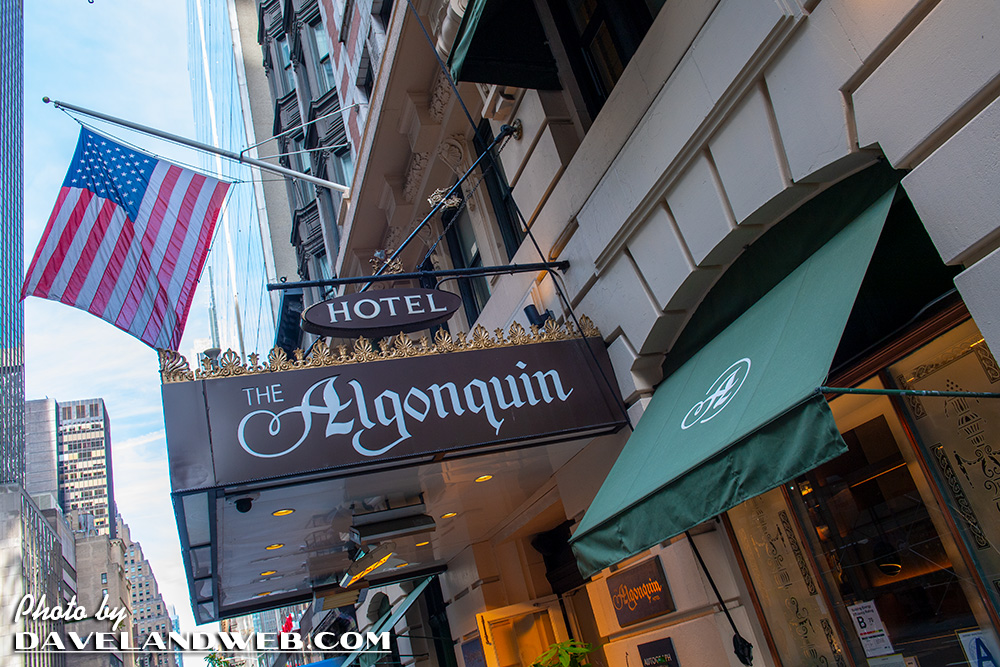
Coincidentally, two months earlier The Garden of Allah (seen below) had been demolished.

The Players lived on though, going through several incarnations in the decades to come.

Beginning in 1953 it was Imperial Gardens (above), a huge Japanese restaurant with reflecting pools on the upper floors, popular with musicians and actors. Next, in 1989, it re-emerged as The Roxbury, a trendy and notorious nightclub where A-list patrons included Tom Cruise, Prince and Eddie Murphy.

In 1997 it changed hands again and became Miyagi (above), a restaurant/nightclub with 7 sushi bars, 5 regular bars, a Zen garden, a waterfall, a dance floor, pool tables and more. In April 2012, it opened as Pink Taco (below), the second location for this Mexican restaurant chain owned by 30-year-old Harry Morton, oil-slick heir of Hard Rock Café founder Peter Morgan and grandson of Arnie Morton, founder of the Morton’s restaurant chain.
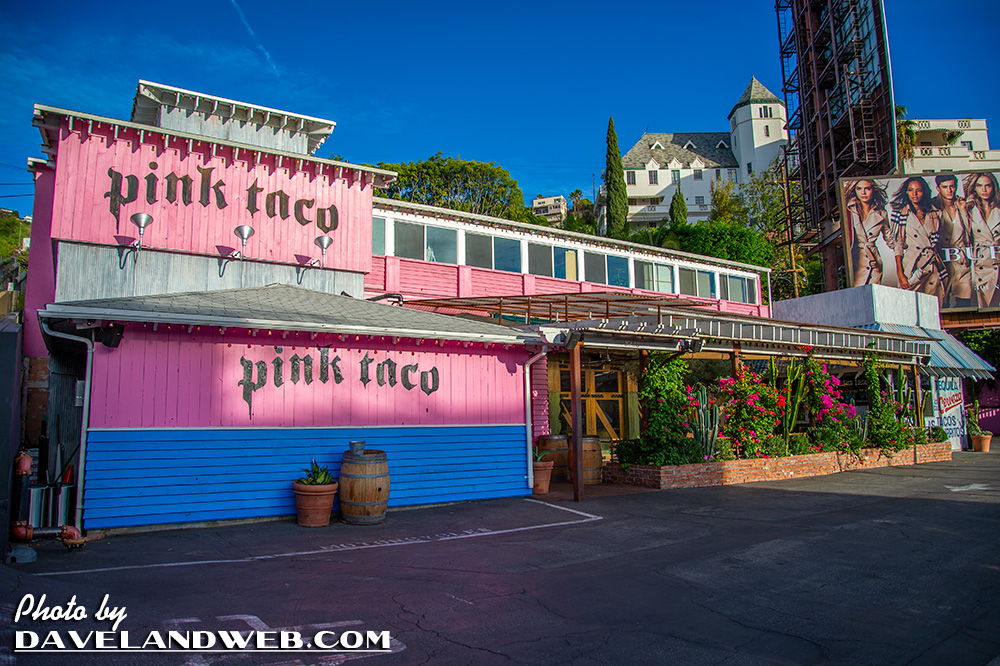
During the renovation of the property, Morton had the site excavated deeply enough that not only was the revolving stage beneath Sturges’ dance floor found, but also the entrance to The Players’ “legendary VIP tryst tunnel” to Chateau Marmont - apparently sealed off by the city long ago. According to Harry Morton, he dug through layer upon layer of debris, “But when I stripped it all down, incredible things came to light.”
I really need to explore more inside the Pink Taco — which probably means I need to eat there again. Sigh.
This post was edited from
Lady Eve’s Reel Life,
Between Flops, and
PBS SoCal. See more Classic Movie & TV photos at my
main website.

